Race Performance Ratings - Raikkonen versus Vettel
Speculation continues to mount that Kimi Raikkonen could lose his Ferrari seat at the end of 2015. The statistics suggest the Finn is struggling - he heads to Hungary, for example, trailing Sebastian Vettel 7-2 in both qualifying and the races. But just how big is the gap between the two team mates? In which areas is Raikkonen hurting the most - and does he deserve a reprieve? We investigate using Formula1.com’s exclusive Race Performance Ratings...
What are Race Performance Ratings?
Five key performance parameters are measured: Aggression, Braking, Cornering, Steering and Throttle. Using raw telemetry data, a driver is given a score on a scale of 1-10 for each category, based on how he compares to his competitors. For example, the driver making the most steering inputs at a specific point in the race will be given a score of 10 for the Steering category; the driver making the fewest will be given a 1. The other drivers will be somewhere in between.
The individual scores for each of the five categories - which update every five seconds throughout the race - are then averaged to give an overall Race Performance Rating. Subscribers to F1® Access can view Race Performance Ratings in real-time during every Grand Prix.
How Raikkonen compares against Vettel
As was the case in our previous analysis of Lewis Hamilton and Nico Rosberg, we took an average of Raikkonen and Vettel's scores in each category over the first nine races. We omitted Austria however, as Raikkonen completed less than half a lap, and his values are therefore heavily skewed. As such, we can build the following impression of how Ferrari's two drivers have matched up so far this year:
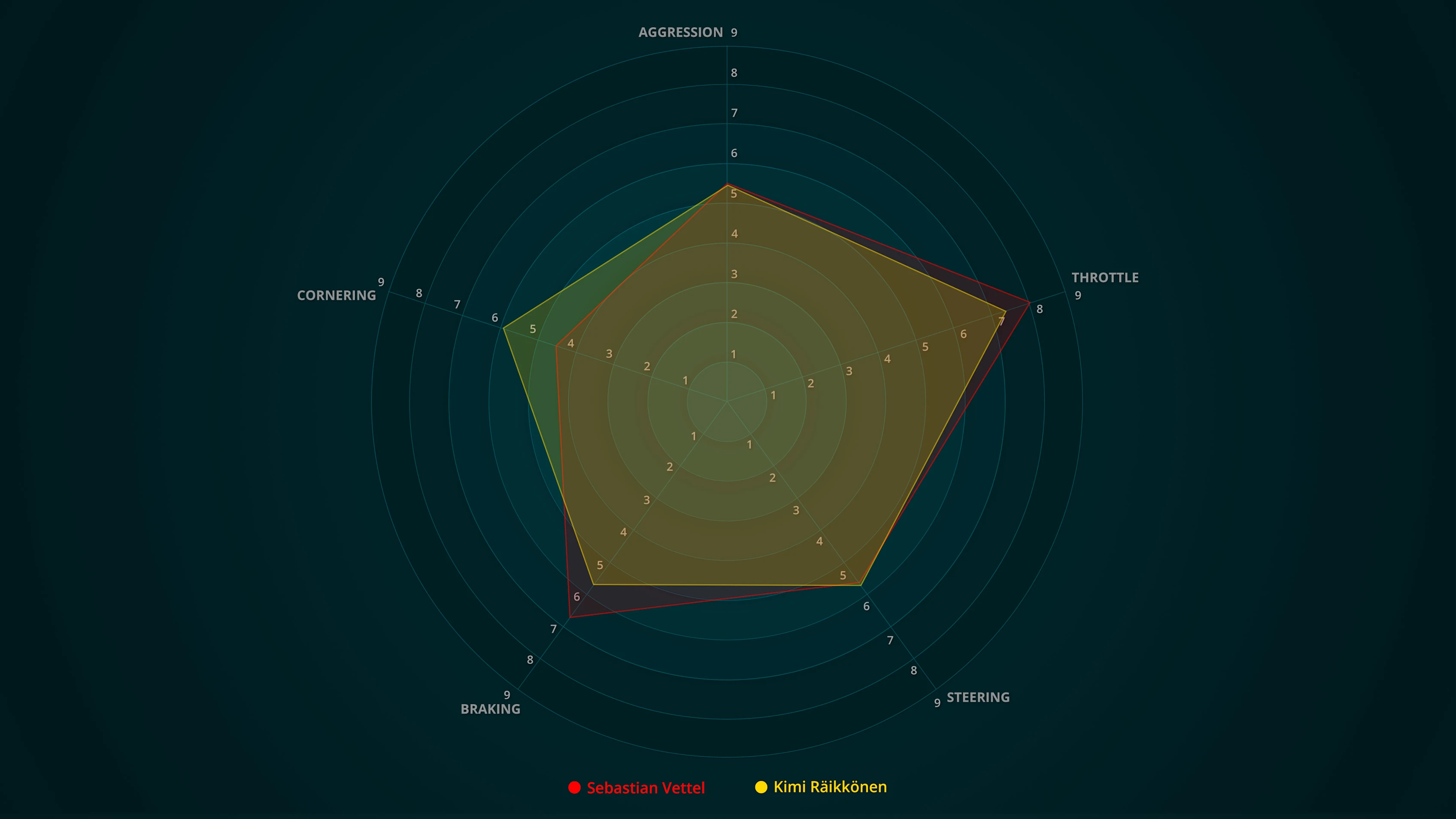
The radar chart above conveys two very clear, and contrasting, driving styles. Raikkonen scores more highly than Vettel in Cornering - measuring the lateral g-forces, and therefore speed, carried through a corner - but trails his team mate in two other sections - Throttle and Braking.
Vettel’s preference for a high-input driving style, particularly on the throttle, is well known. The German is exceptionally adept at using oversteer to aid turn in at corners - indeed it was one of the hallmarks of his success at Red Bull, particularly in the days of the blown diffuser. This is usually married with an acrobatic driving style in terms of steering inputs however - so it is slightly surprising to see parity between Vettel and Raikkonen in terms of steering, particularly as the Finn is known for his languid approach. However that is probably a good indication of the Finn's handling struggles.
The most marked difference between the pair is Cornering. Raikkonen's average score is higher, but that isn't necessarily always a positive. It could indicate, for example, that Raikkonen carries more apex speed into corners - but is slower to get back on the throttle than Vettel. This is potentially the key difference between the two drivers - but it is also by no means a fixed dynamic, as we will discuss later on...
Bahrain: Raikkonen comes up trumps
For the first three Grands Prix of the season, Vettel had the edge over Raikkonen in both qualifying and races. In Bahrain, Raikkonen turned the situation around. While Vettel was fifth, stuck behind Valtteri Bottas's Williams, Raikkonen was second, and agonisingly close to victory.
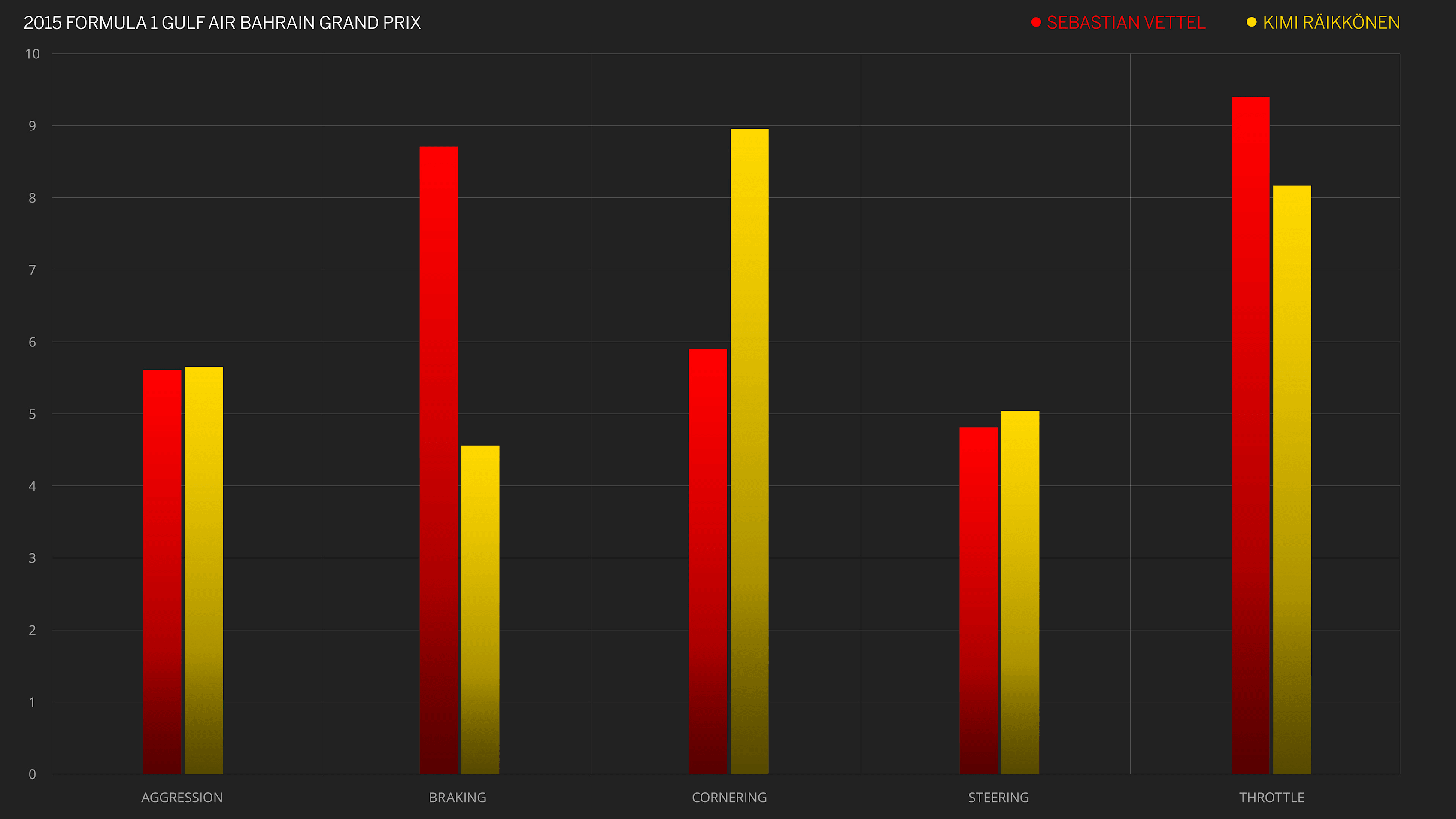
Consistent with the radar chart above, Raikkonen had the edge on Vettel in terms of Cornering at Sakhir, but trailed the German in Braking and Throttle. On this occasion however, the challenge was to keep the softs working for as long as possible - and on that front, the dynamics of Raikkonen's style proved to be a virtue.
It was Vettel who had track position early on, but Raikkonen was quicker over a stint - in part because it appears his low-input, high-corner-speed approach was kinder to the tyres. His rhythm was also superb. Shortly before the first cycle of pit stops Raikkonen was on the Ferrari radio complaining that Vettel was holding him up, prompting Ferrari to switch their strategies and give the Finn mediums (rather than softs) for his middle stint. Even then he was faster than Vettel - and by the second stops, he was ahead.
Once onto the softs, Raikkonen's pace was sensational. He surged into second as Nico Rosberg's Mercedes suffered brake-by-wire issues, and then closed rapidly on race leader Lewis Hamilton, finishing just 3s behind at the flag. Vettel meanwhile made several scrappy mistakes, and ended up bottled up in fifth. It remains arguably Raikkonen's finest performance of the season.
Malaysia: The counter point
Unfortunately for Raikkonen, Bahrain is also one of just two examples where he has beaten his team mate. Of the seven races where the situation has been reversed, the starkest contrast perhaps came at Sepang - particularly as the result at Silverstone was heavily affected by pit strategy rather than on-track performance.
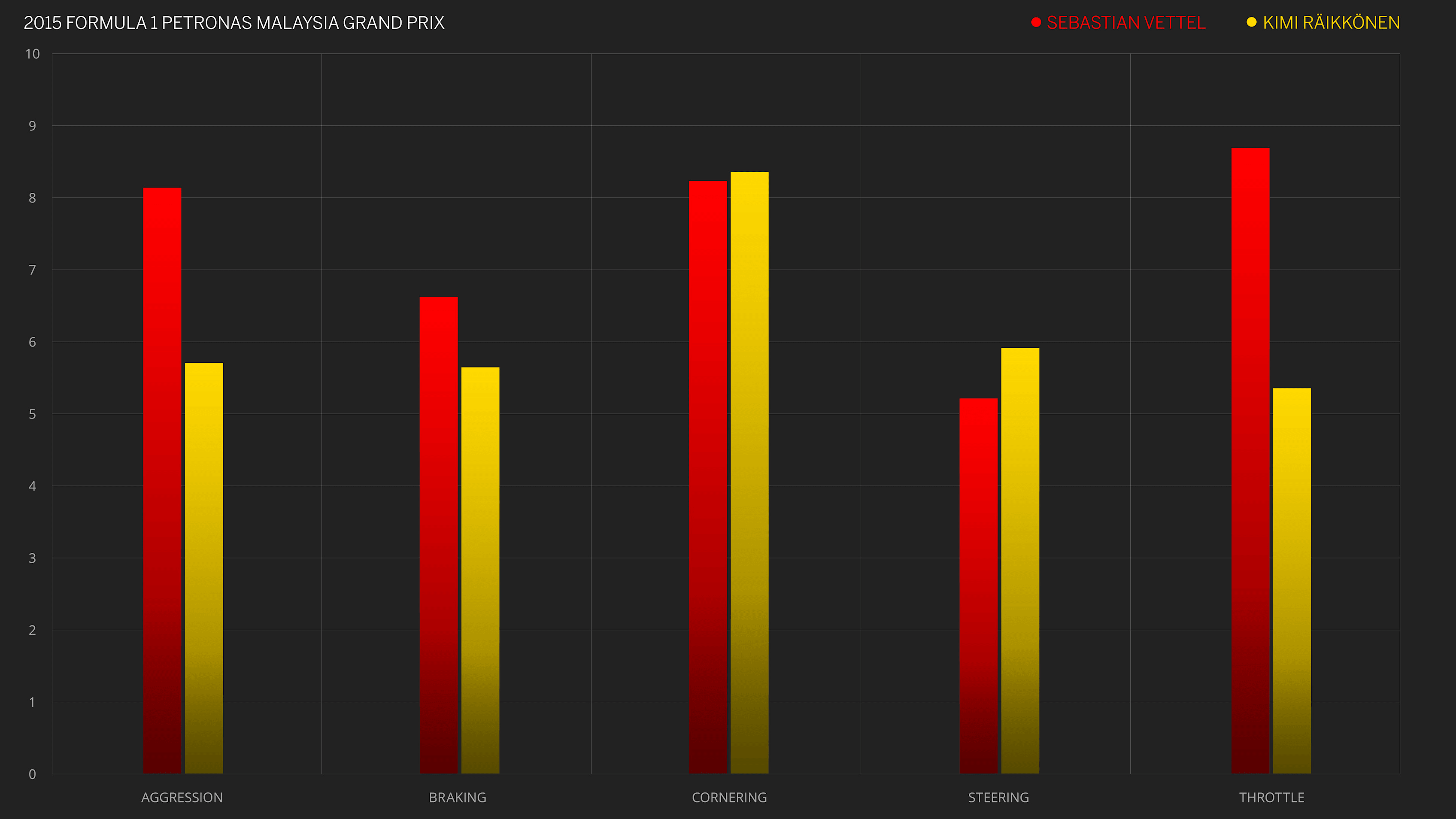
The dynamics between the two races are substantially different. Vettel's Aggression spikes in Sepang, while his relative advantage over Raikkonen in the Throttle score is also exaggerated. The Finn meanwhile loses his advantage in Cornering, and is also busier on the steering wheel (Steering). It proves to be an unhappy combination.
Vettel is the more robust performer throughout the race. His high-input style in terms of throttle and brakes helps generate more longitudinal g-forces (Aggression), but crucially he doesn't suffer a drop in Cornering (the lateral g-forces pulled in each corner), as was the case in Bahrain. With Ferrari proving kinder on their tyres than rivals - particularly Mercedes - Vettel married all these qualities to pull off a two-stop strategy that catapulted him to victory.
Raikkonen meanwhile suffered badly from early contact with Sauber's Felipe Nasr that left him with a punctured left-rear tyre - which in turn caused bodywork damage when the carcass blew before he could get back to the pits. We see this manifested in the data: the aerodynamics of his car compromised, Raikkonen can no longer carry as much speed through the corners as before, and his Cornering advantage is therefore all but wiped out. With Vettel typically stronger in the other areas, Raikkonen was outdone, coming home a disappointed fourth.
Has Raikkonen tried to adapt?
The radar chart - used at the start of this analysis - shows it is Cornering where Raikkonen has the biggest advantage over Vettel, but it is interesting to observe that this is a changing situation. From the Spanish Grand Prix onwards, the Finn's score changes substantially.
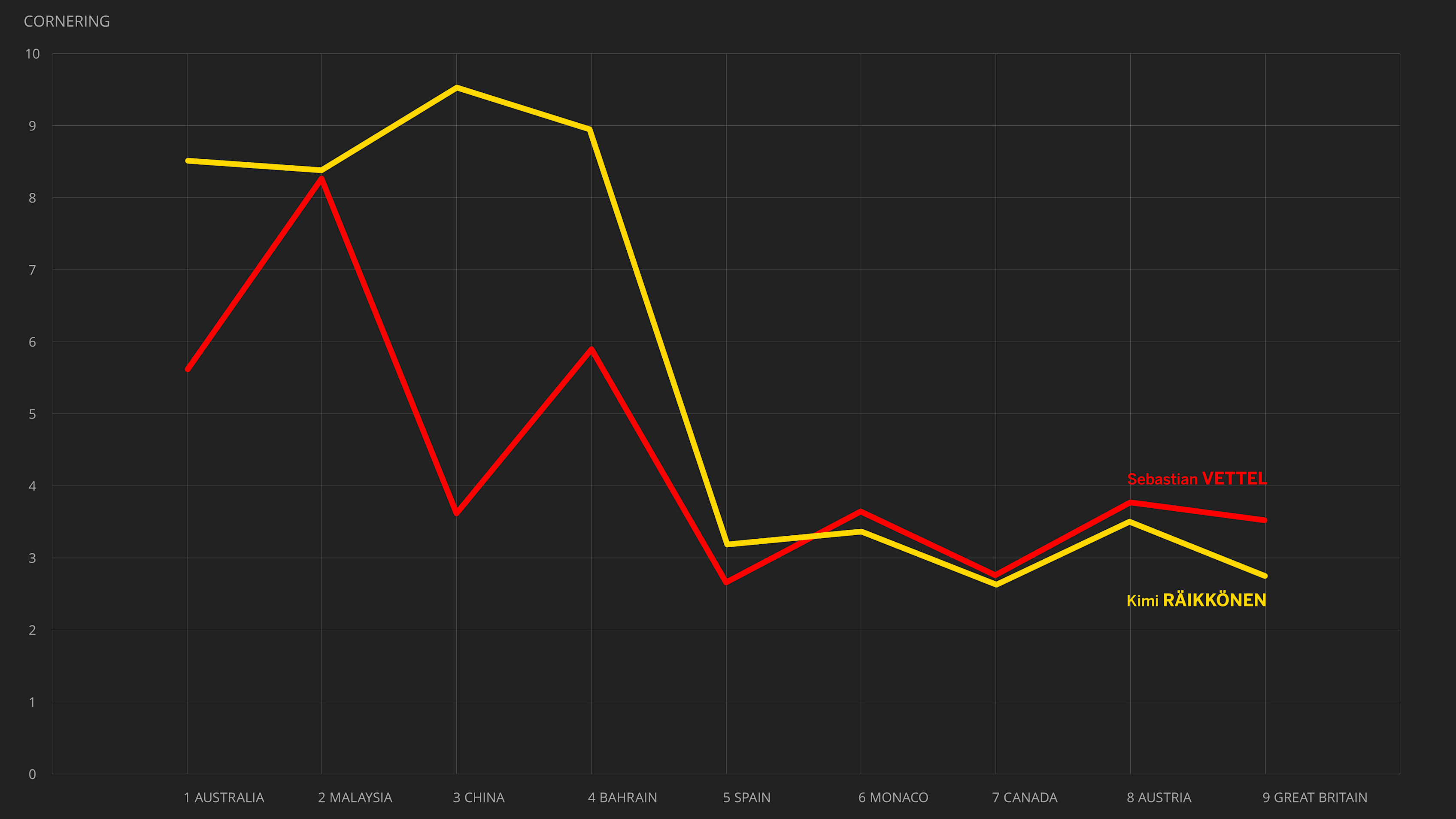
As shown in the above, there are times when the Cornering scores of Raikkonen and Vettel have been massively different, with China the standout example. Over the first four races, Raikkonen's average score is 8.9 (out of 10); Vettel's is 5.8. Over the last five, Vettel's average drops to 4 - but that is actually higher than Raikkonen's, which has plummeted to 3.9.
Is this a sign Raikkonen is trying to adapt his driving style, to more closely mirror that of Vettel? While it is a very pronounced change, there are caveats. Monaco is a leveller anyway in terms of cornering speeds, given how intricate and tight the circuit is. Austria should in truth be discounted, given that Raikkonen lasted just a handful of corners. And Raikkonen's traces in other parameters like throttle and braking have not notably and consistently changed in balance.
Three races is therefore too small a sample set to make any solid conclusions on Raikkonen's style, and the likelihood - or not - of whether he is trying to change his style. The next few races will therefore be extremely illuminating in terms of gauging Raikkonen's efforts in the cockpit - although by then of course, his future could already have been decided...
Understanding Race Performance Ratings
As the year progresses, we'll be able to use Race Performance Ratings to assess other areas of performance. Will one team, for example, suddenly make massive strides? Will Rosberg's momentum - and his out-scoring of Hamilton in key parameters - continue? Which driver will prove to have the biggest advantage over his team mate?
In the meantime, if you want to understand the parameters in more depth, you can check out our comprehensive analysis of each below:
- Race Performance Ratings explained - Aggression
- Race Performance Ratings explained - Braking
- Race Performance Ratings explained - Cornering
- Race Performance Ratings explained - Steering
- Race Performance Ratings explained - Throttle
Enhance the way you experience Formula 1 racing, and discover a level of detail you won't find anywhere else - complete with in-depth insights, exclusive content, up-to-the-minute race data, and more - with F1® Access. To find out more, click here.
Next Up
Related Articles
 Power RankingsWho did our judges rank as the best F1 driver of 2025?
Power RankingsWho did our judges rank as the best F1 driver of 2025?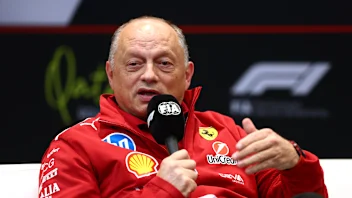 Abu Dhabi 'not a bad weekend' for Ferrari – Vasseur
Abu Dhabi 'not a bad weekend' for Ferrari – Vasseur EXPLAINED: The key terms for F1’s new-for-2026 rules
EXPLAINED: The key terms for F1’s new-for-2026 rules ‘I have achieved my dream, that little boy's dream’ – Norris
‘I have achieved my dream, that little boy's dream’ – Norris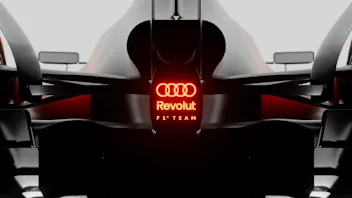 Audi announce team name and global launch date for 2026 challenger
Audi announce team name and global launch date for 2026 challenger 10 ways to get your Formula 1 fix during the winter break
10 ways to get your Formula 1 fix during the winter break